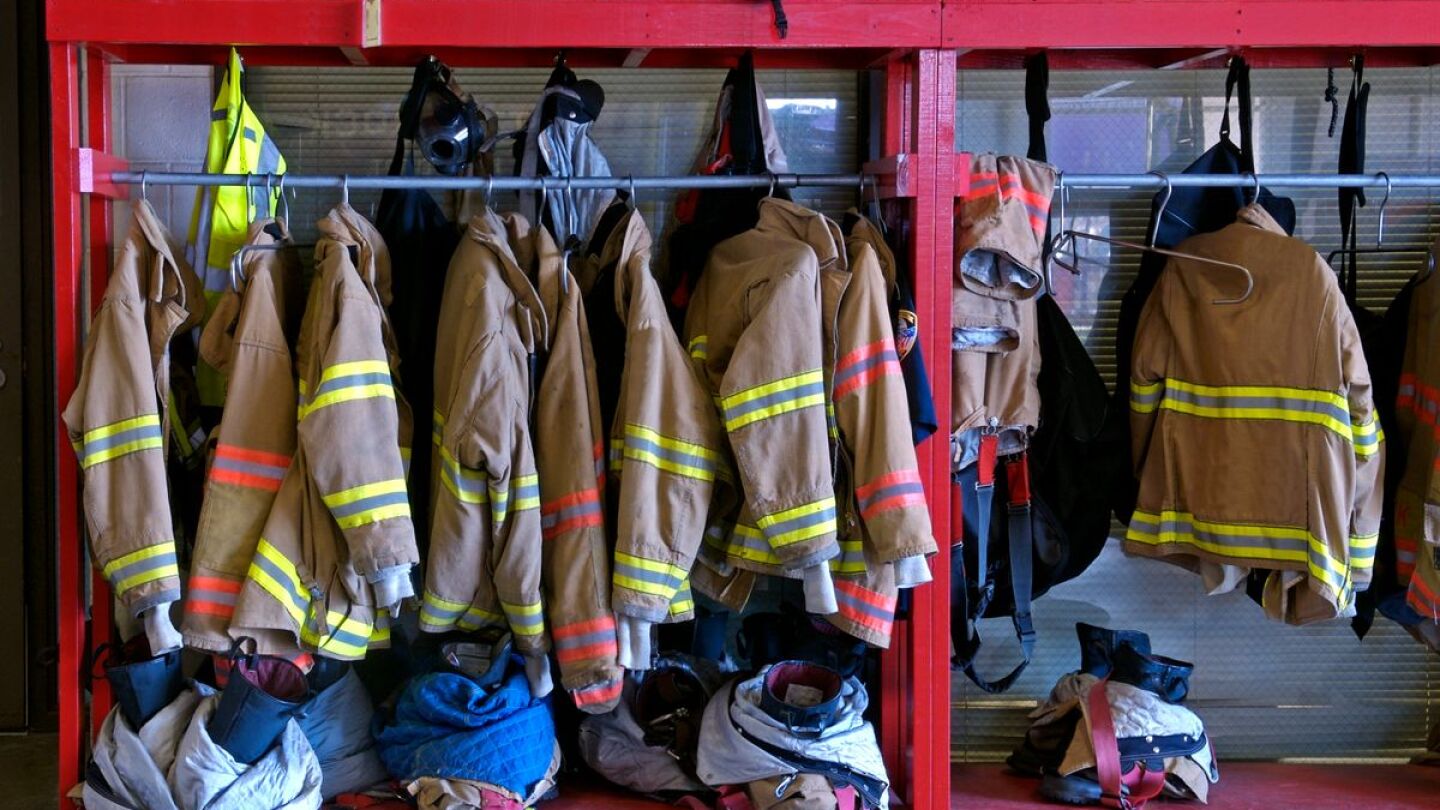Personal Protective Equipment (PPE)
From odor-fighting sprays to heavy-duty hangers, discover the tools that make maintaining your gear easier and more effective
Federal regulations enacted last year focused on drinking water, products containing PFAS and firefighting foam
Understanding how NFPA 1970 addresses PFAS in fire gear
The European-style has been popular with overseas fire departments offering better balance and extra protection to the side and back of the head
Do your part in the cleaning process before sending PPE to someone else for cleaning
Myrtle Beach company officers share their departments simple steps for reducing exposure to carcinogens
Chief Trauernicht is looking for “firefighters brave enough to be champions of the cause”
Departments should proactively check with members about gear fit, not expect firefighters to complain when it doesn’t
Understand the limitations of the testing process and how to work with labs to make a decision about gear
Junior Firefighter Raymond Slifer built 36 new gear lockers, which provides firefighters with much-needed designated space, as part of his Eagle Scout Project
An updated primer for determining if specialized cleaning – or even replacement – of the turnout gear is required
Reviewing the evolution of PPE fabrics and features
The washing machine — called a gear extractor — allows both full-time and volunteer firefighters to clean their gear onsite and more frequently
Barrier hoods are designed to protect firefighters from particulates, but all hoods are not created equal
Is the increased awareness about the risk of cancer moving firefighters to take action?
Fire department policies go beyond liability to increase firefighter safety and reduce the risk for preventable injuries and line of duty deaths
Bernalillo County Fire and Rescue Department integrates new apparatus in comprehensive firefighter safety, health and wellness initiative
Gore’s particulate-blocking firefighter hood is durable, affordable and offers increased protection from fireground particulates
Allowing civilians to pose in contaminated turnout gear contradicts the safety message FDs should project
Research shows that female firefighters face different risks than their male counterparts
Fire departments have many approaches but one goal in applying NFPA 1851 to keep firefighters safe
To reduce an individual firefighter’s relative risk of contracting cancer, they must limit risk factors on and off the fireground
Identifying firefighter hazards, response area features and potential operations help in PPE selection
Firefighters are tactical athletes, so they need footwear options that support them well
Dalmatian Fire Equipment cleans, refurbishes and tests SCBAs and cylinders to provide critical gear at a fraction of the cost of a new pack
Establish warm, hot and cold zones; use PPE and distance to shield; and measure radiation throughout
Chapel Hill Volunteer Fire Department firefighters said thieves took eight to 10 sets of gear from their station after getting in through a window
The State Fire Marshal Division of the Minnesota Department of Public Safety awarded $600,000 to fire departments across the state
Fire departments must prioritize a second set of turnout gear and access to the equipment needed to clean their PPE
Boston Fire Department firefighter Brian Mullen said his helmet was passed onto him by his father and had several sentimental items attached to it
New design advances both safety and comfort
Palm Beach Gardens is outfitting firefighter-paramedics with a second set of gear to slide into when their first gets covered in ash or contaminated with blood
SCBA life extension and properly cleaning and storing PPE can extend the life cycle and save your department’s budget





























